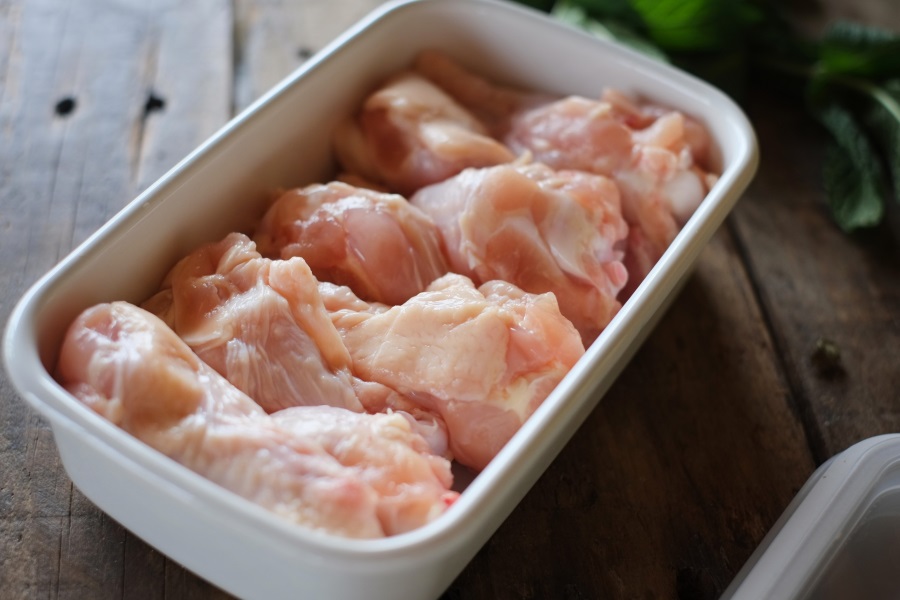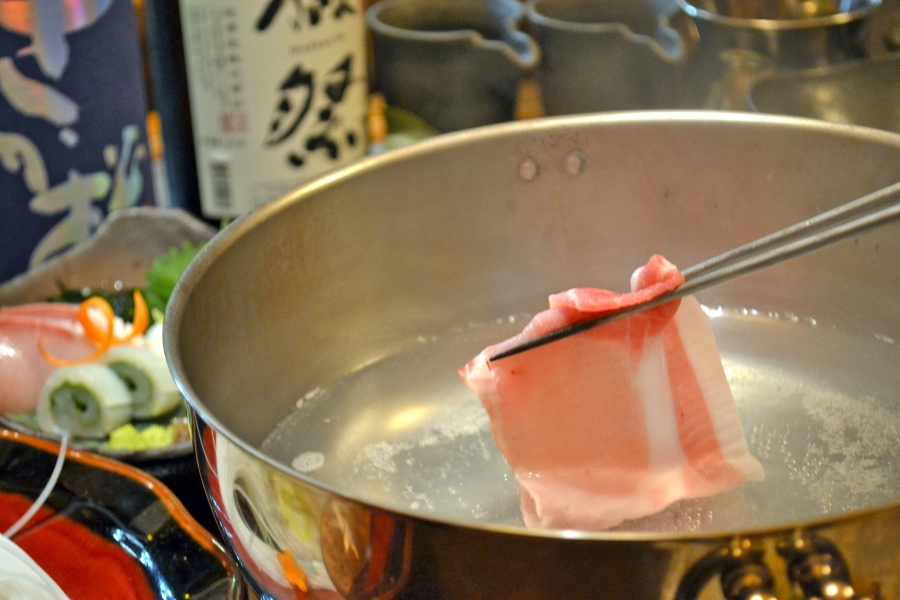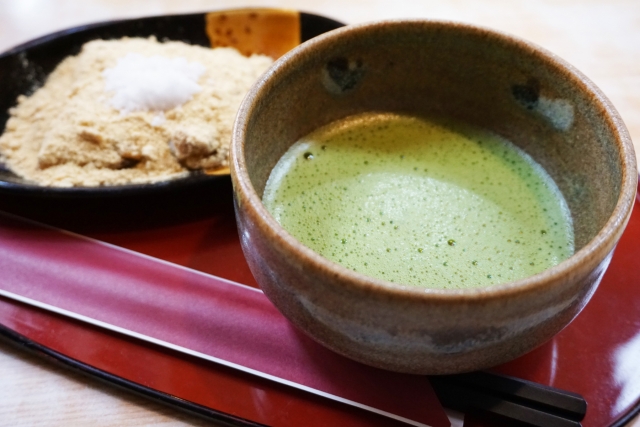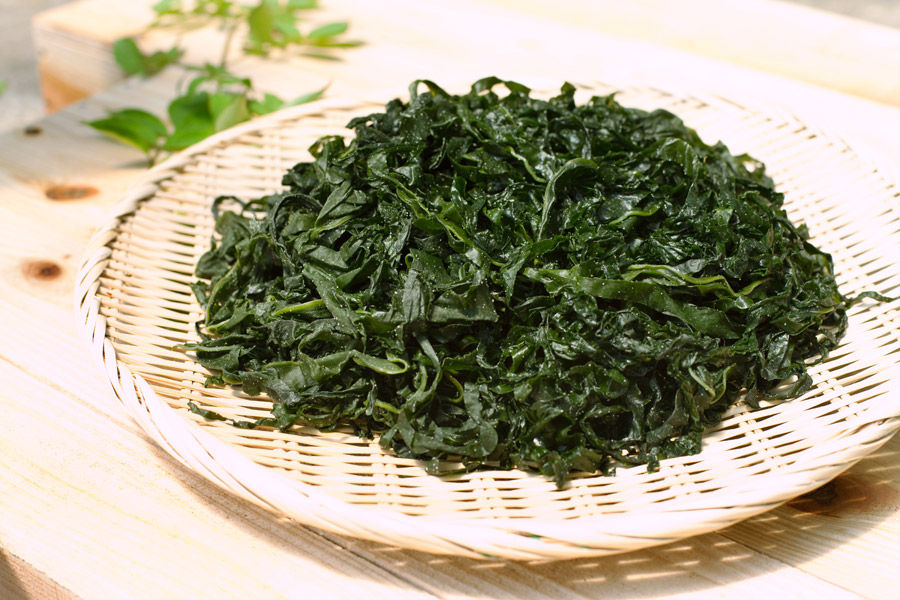Delicious Chicken Dishes From Japan Many of the classic Japanese dishes are made with chicken, such as karaage (fried chicken), yakitori (Japanese style skewered chicken), oyako don (chicken egg rice bowl), teriyaki chicken, chicken steamed rice, chicken hot pots and so on. But chicken did not become widely used in Japan until the mid 20th century. With the influence of Buddhism introduced in the 6th century, meat consumption was prohibited for a long time. It wasn’t until the late 20th century when western influence brought meat consumption back. But chicken was way more expensive than other meat and not too many people could afford it. Chicken became affordable after the World War II, when America exported broiler chickens, which are […]
Contents: Japanese Dried Vegetables Let’s Make Dried Vegetables! The benefits of dried vegetables Why not try this once you’re familiar with the process! Japanese Dried Vegetables Dried shiitake mushrooms and kiriboshi daikon (dried, shredded daikon radish) certainly come to mind when you think of dried vegetables. They are among the ingredients treasured for their long shelf life and increased nutritional value in dehydrated form. Dried vegetables like these are quietly gaining attention. That is because you can easily make them in a small, sunny space in your garden or on your patio without the need for special tools. The dehydration process removes water content from the vegetables and condenses their natural flavors, so they taste even better than in its […]
Zakkoku has become increasingly popular these days. Cooking regular rice with a blend of zakkoku can boost its taste and nutritional value substantially. Eating zakkoku rice can help you feel great and stay healthy every day. Just combine organic brown rice or white rice with a variety of zakkoku. Proper blending is the key to delicious zakkoku rice. Assorted zakkoku packets are also available. Contents: What Is Zakkoku? The Significance of Zakkoku Rice Kinds of Zakkoku Zakkoku Recipe What Is Zakkoku? Zakkoku is a collective term for grains of the grass family that bear small fruit seeds. There are other types of grains with similar fruit seeds that aren’t part of the grass family. These grains are called ruiji zakkoku, […]
Contents: What is Shabu Shabu? How to cook Shabu Shabu Shabu Shabu Reinvented Recipe Shabu Shabu Dipping Sauces What is Shabu Shabu? Hot pot dishes are a staple food in Japan during the cold winter months, and shabu shabu is the one of the most popular ones eaten at both home and at restaurants. The difference between shabu shabu and other hot pot dishes, such as oden or sukiyaki, is that oden broth is seasoned with soy sauce, kombu kelp, and mirin (sweet cooking sake) and sukiyaki broth is much sweeter and seasoned with soy sauce and sugar. How to eat Shabu Shabu Shabu shabu has a clear broth, seasoned only with kombu kelp, so it has very little flavor. […]
Molokhia is a vegetable that has been widely eaten in Egypt and India, among other regions, since ancient times. Molokhia means “vegetable of kings” in Arabic. It’s believed to have been given that name because it’s so nutritious that it even cured the diseases of the kings. Contents: Molokhia -Sticky, Slippery Power of the Summer Molokhia (Jew’s Mallow): A Summer Vegetable Pursuing a Molokhia Growing Opportunity in Southern California Growth of Molokhia Artificial Light Culture Nutritive Value of Molokhia How to cook Molokhia? (Molkhia Recipes) Molokhia -Sticky, Slippery Power of the Summer True to its legacy of sustaining the health of kings, molokhia offers a great variety of outstanding nutrients such as vitamin B1, vitamin B2, vitamin B12, vitamin C, […]
Among summer vegetables, this bumpy, warty-skinned vegetable is a relative newcomer. In the past few years, however, goya’s health-enhancing properties have drawn attention throughout Japan. Because goya can be grown in home gardens during he peak summer season, it has become a popular vegetable. In fact, goya is now so popular that its seeds sell out quickly at garden centers. Contents: Goya (Bitter Melon), a Summer Vegetable A Shade-Producing Plant that Can Block Sunlight Nijiya Farm’s Organic Goya Nutrients of Goya Basic Cooking Preparation for Goya How to cook Goya? (Goya Recipes) Goya (Bitter Melon), a Summer Vegetable In Okinawa, known for the longevity of its population, goya has been a regular part of the diet for a long time. […]
Matcha is a powdered green tea. Since olden times, it has most commonly been prepared and served in the form of tea ceremonies. Contents: What is Matcha (Green Powdered Tea)? The History of Tea Cultivation of Tea Matcha tea benefits Recipes with matcha green tea powder Matcha Soy Milk Dessert Recipe Smooth Matcha Pudding Recipe Matcha Ice-cream Recipe Easy-to-make Matcha Kinak Shake Recipe What is Matcha (Green Powdered Tea)? Like the saying, “nichijousahanji,” which means everyday occurrence includes the kanji for tea “cha” and rice “han”, tea has been a most vital and irreplaceable part of our daily lives since ancient times. Tea is known as an aromatic beverage, generally prepared and enjoyed through the combination of tea leaves with […]
Tea is known as an aromatic beverage, generally prepared and enjoyed through the combination of tea leaves with hot water. Contents: What is Green Tea? Green Tea Process How to brew delicious tea? Best Japanese Green Tea Brands Desserts Packed with Catechin What is Green Tea? General questions about tea 1. How much caffeine is in tea? It depends on how the tea has been brewed, but generally 8 fl oz. of green tea contains about 30 to 50 mg of caffeine. The longer the tea leaves have been fermented, the greater their caffeine content will be. Therefore, oolong tea and black tea contain more caffeine than green tea. 2. When should I drink tea to get the most benefits? […]
Shiitake mushroom is a specific mushroom that is grown on a shii-tree (Castanopsis cuspidata, or Japanese Chinquapin). Contents What are Shiitake Mushrooms? Shiitake Mushrooms Nutrition Health Benefits of Shiitake Mushrooms Choosing and Preparing the Right Shiitake Mushrooms What are Shiitake Mushrooms? Mushrooms have been widely consumed all over the world as a delicacy and also for health benefits. Aside from the inedible toxic mushrooms, mushrooms have been a big source of food in over 60 countries around the world. Most mushrooms grow on dead trees, absorbing as much UV light as possible. Because of that, mushrooms are known to have a lot of vitamin D, a key vitamin for human growth. Of the many edible mushrooms that you may have […]
Contents: Recommending vinegar consumption Vinegar TRIVIA (Is vinegar good for you?) How to use Japanese Vinegar? Recommending vinegar consumption During the summer months, it seems that many people complain of fatigue, using up more stamina than usual, and feeling out of sorts with no cause. This is said to be due to our bodies’ becoming acidic because of changes in modern eating habits. It is known that the body’s natural healing power is strongest when the body maintains a slightly alkaline state. In other words, those whose physical constitution is slightly alkaline are less vulnerable to fatigue, disease and/or injury because of an enhanced natural healing power. Conversely, those whose bodies are acidic have their natural healing power compromised, becoming […]
Konnyaku, with its unique texture -elastic and chewy but slightly firm- is actually a very modest cooking ingredient that never brings itself to the forefront. However, it contains a surprising amount of power inside. Let’s see just what this “konnyaku power” is. Contents: Konnyaku is a jelly-like food made from konnyaku potatoes The advanced detoxifying effect of konnyaku mannan Eat Konnyaku slowly to feel fuller How to spot good konnyaku Different types of konnyaku How to cook konnyaku? Konnyaku is a jelly-like food made from konnyaku potatoes Konnyaku is a processed food made from an araceous plant called the konnyaku (konjac) potato. It is said to be native to Indochina, where a variety of konnyaku potatoes grows wild to this […]
Natto, one of the foods based on fermented soybeans, is made with Bacillus subtilis, a bacterium so potent that it survived the ice age. Contents The Story of Natto Characteristics of Natto Effects of Natto The Story of Natto Natto is a natural food that was reportedly eaten by the ancient Japanese as early as the Yayoi period (300 B.C. – 300 A.D.). In the Nara period (710 – 794), methods to produce fish sauce, grain-based sauce, fermented bean curd, and other food items—which later developed into tofu and natto-were brought into Japan, along with Buddhism, from China. The wisdom and ingenuity of our ancestors led to an evolution of fermentation methods, eventually producing a series of fermented soybean delicacies […]
Wakame and Mozuku Seaweek are also kinds of Japanese seaweeds. Although seaweed is a staple in our diet, there are still many things we still don’t know about it. Contents: The ocean is a valuable source of minerals Wakame Seaweed Mozuku Seaweed Mozuku-su (vinegared mozuku seaweed) How to cook Wakame and Mozuku? Mozuku and Cucumber Sunomono Recipe Wakame Garlic Butter Soy Sauce Recipe Wakame Salt yakisoba Recipe Mozuku Miso Soup Recipe Mozuku, Tuna, Onion Salad Recipe Simply mix with mozuku-su Recipe Mozuku somen noodles Recipe Mozuku salads Recipe The ocean is a valuable source of minerals Abundant minerals are dissolved in seawater, which nurtured the first living organisms on earth. Additionally, minerals on land are dissolved by rainwater, delivered into […]











